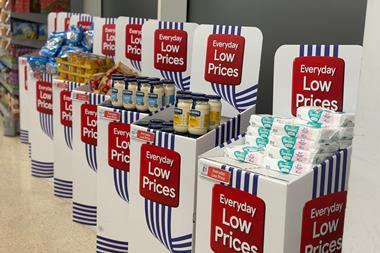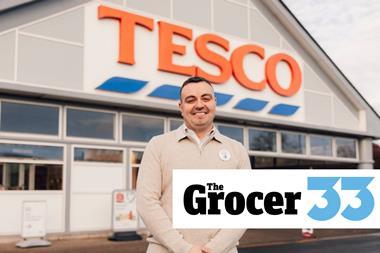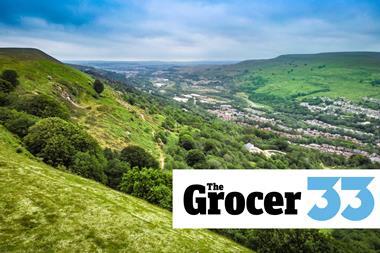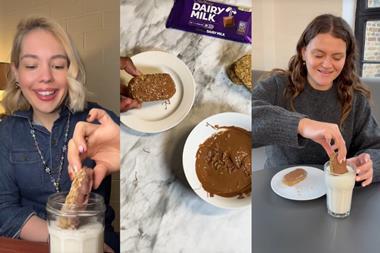from Martin Kingdon, director general, POPAI UK and Ireland
Sir; I was interested to note that Tesco says of Tesco TV that “advertisers believe it is the first media format to work in the ‘last 10 feet’,” encouraging customers to choose their brand at the point-of-purchase”.
I hate to be a spoilsport, but even believing, as I do, in the impact of in-store screen networks as evidenced by POPAI’s recent participation in the successful Spar trial, I must point out it is not the first media format to work in this way.
Traditional point-of-purchase material, ranging from the humble wobbler through to the most extravagant permanent display, has been working to great effect over many years, performing its key function of “stopping the customer” and as a result of this making a key contribution to increased sales.
POPAI has managed to demonstrate this through its series of nine ‘P-O-P as a measured medium’ studies, this partly contributing to an industry that is now worth more than £1.1bn.
POPAI has been successful in promoting this message as evidenced by its recent new members, including Tesco, Sainsbury, Asda and The Co-operative Group as well as a host of brands from fast moving consumer goods and beyond.
POPAI believes that a balanced package of advertising is the most effective way of influencing customers, with the point-of-purchase now recognised as a fundamental part of that mix.
I welcome the news of the roll-out of Tesco TV (page 8) and hope that it is the first of many such roll-outs where the world of the new media is able to work hand in hand with existing point-of-purchase activity.
Sir; I was interested to note that Tesco says of Tesco TV that “advertisers believe it is the first media format to work in the ‘last 10 feet’,” encouraging customers to choose their brand at the point-of-purchase”.
I hate to be a spoilsport, but even believing, as I do, in the impact of in-store screen networks as evidenced by POPAI’s recent participation in the successful Spar trial, I must point out it is not the first media format to work in this way.
Traditional point-of-purchase material, ranging from the humble wobbler through to the most extravagant permanent display, has been working to great effect over many years, performing its key function of “stopping the customer” and as a result of this making a key contribution to increased sales.
POPAI has managed to demonstrate this through its series of nine ‘P-O-P as a measured medium’ studies, this partly contributing to an industry that is now worth more than £1.1bn.
POPAI has been successful in promoting this message as evidenced by its recent new members, including Tesco, Sainsbury, Asda and The Co-operative Group as well as a host of brands from fast moving consumer goods and beyond.
POPAI believes that a balanced package of advertising is the most effective way of influencing customers, with the point-of-purchase now recognised as a fundamental part of that mix.
I welcome the news of the roll-out of Tesco TV (page 8) and hope that it is the first of many such roll-outs where the world of the new media is able to work hand in hand with existing point-of-purchase activity.



















No comments yet